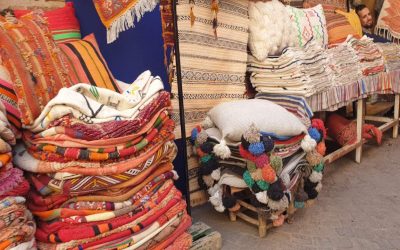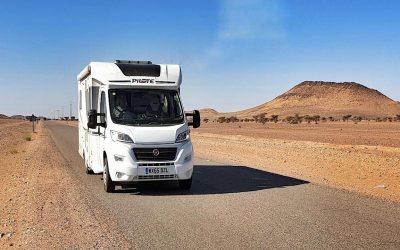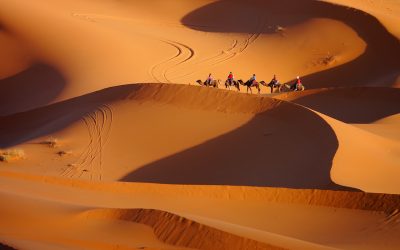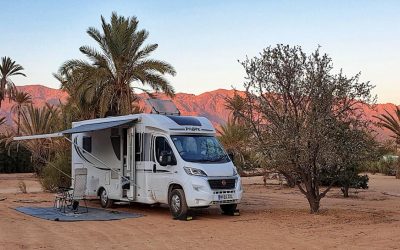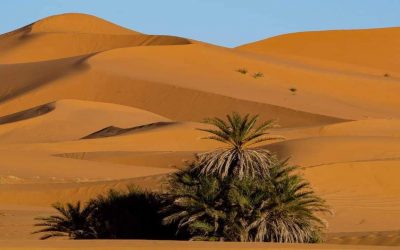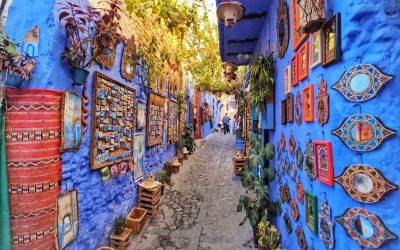Morocco's markets are one of the most exotic, frenetic and sensory experiences you could possibly encounter. Knowing how to safely and...

Morocco
Morocco
Morocco – An Epic Journey that unveils its Desert Landscape
Dispelling desert myths - Did you know? Before I pour my love affair of the desert upon this page, I thought I would share some...
Erg Chebbi v Erg Chiggaga deserts
Is the Sahara worth the journey at all? A resounding yes. The desert is one of the most unique landscapes you will ever witness. Imagine...
Touring Morocco by Motorhome
Touring Morocco by Motorhome If you’re new to this north African beauty, the thought of touring Morocco by motorhome with its unfamiliar...
A Journey Through Morocco – in Pictures
We were so inspired by Morocco; its landscape, people's spirits and culture that it brought my imagination alive and my camera's heart...
Travelling to Morocco by Motorhome
In this Travelling to Morocco by Motorhome post, we take an in-depth look at everything to do with bringing your motorhome to and touring...
Strategies for Planning Road-Trips
Our Life on the Road series comes as we glide into a period where we finally feel experienced enough to share our insights. Having left UK...
Follow us
You can find us on social media,
different channels for different content.

